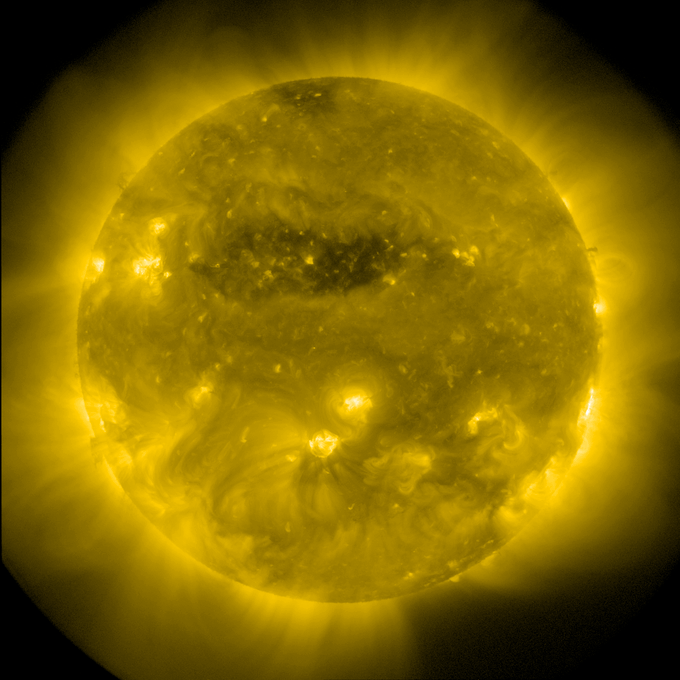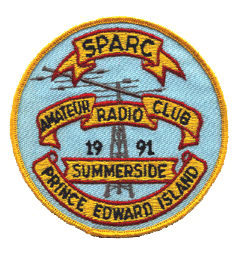SFI = 100
A index = 19
K index = 0
SSN = 57

AURORAS IN THE USA: The holiday weekend began with silent fireworks. On Saturday, July 2nd, sky watchers across northern-tier US states witnessed abeautifuldisplayofauroraborealis. Why? A passing CME caused a G1-class geomagnetic storm. The storm has subsided now; the next fireworks will look like this.

NOAA STI
:Product: Geophysical Alert Message wwv.txt
:Issued: 2022 Jul 03 0905 UTC
# Prepared by the US Dept. of Commerce, NOAA, Space Weather Prediction Center
#
# Geophysical Alert Message
#
Solar-terrestrial indices for 02 July follow.
Solar flux 100 and estimated planetary A-index 19.
The estimated planetary K-index at 0900 UTC on 03 July was 1.
No space weather storms were observed for the past 24 hours.
No space weather storms are predicted for the next 24 hours.
NOAA Alerts
Space Weather Message Code: SUM10R
Serial Number: 740
Issue Time: 2022 Jul 02 2224 UTC
SUMMARY: 10cm Radio Burst
Begin Time: 2022 Jul 02 2158 UTC
Maximum Time: 2022 Jul 02 2158 UTC
End Time: 2022 Jul 02 2158 UTC
Duration: 1 minutes
Peak Flux: 120 sfu
Latest Penticton Noon Flux: 100 sfu
NOAA Space Weather Scale descriptions can be found at
www.swpc.noaa.gov/noaa-scales-explanation
Description: A 10cm radio burst indicates that the electromagnetic burst associated with a solar flare at the 10cm wavelength was double or greater than the initial 10cm radio background. This can be indicative of significant radio noise in association with a solar flare. This noise is generally short-lived but can cause interference for sensitive receivers including radar, GPS, and satellite communications.
